Diving into the world of Amazon selling can be exciting, but it’s also filled with its fair share of rules and regulations that can seem daunting at first glance. One key area where you’ll need to pay close attention is in how you package your products. That’s why we’ve put together this “Amazon FBA Packaging Requirements Guide for Sellers,” to help you navigate through the specifics of Amazon’s packaging guidelines.
It’s important to note that Amazon has different packaging requirements for different types of products and shipments. For example, polybag products have different guidelines than products that require bubble wrap or other types of protective packaging. Understanding these requirements is essential to ensure that your products arrive at Amazon’s fulfillment centers in good condition and are processed quickly and efficiently.
Whether you’re just starting out or looking to refine your current processes, this guide is designed to make understanding and following Amazon’s packaging requirements as straightforward and hassle-free as possible. Let’s break down the essentials, ensuring your products are perfectly prepped for Amazon’s fulfillment centers and, ultimately, your customers.
What Are the Amazon FBA Packaging Standards?
Selling on Amazon means you’ve got to make sure your products are packed just right, according to the rules of Amazon’s FBA program. “Amazon FBA Packaging Requirements” are super important because FBA lets you keep your products in Amazon’s big warehouses. Then, when someone buys your product, Amazon sends it directly to them. This means you have to follow their packaging guidelines to ensure everything goes smoothly from warehouse to customer.
Role of FBA in Order Fulfillment
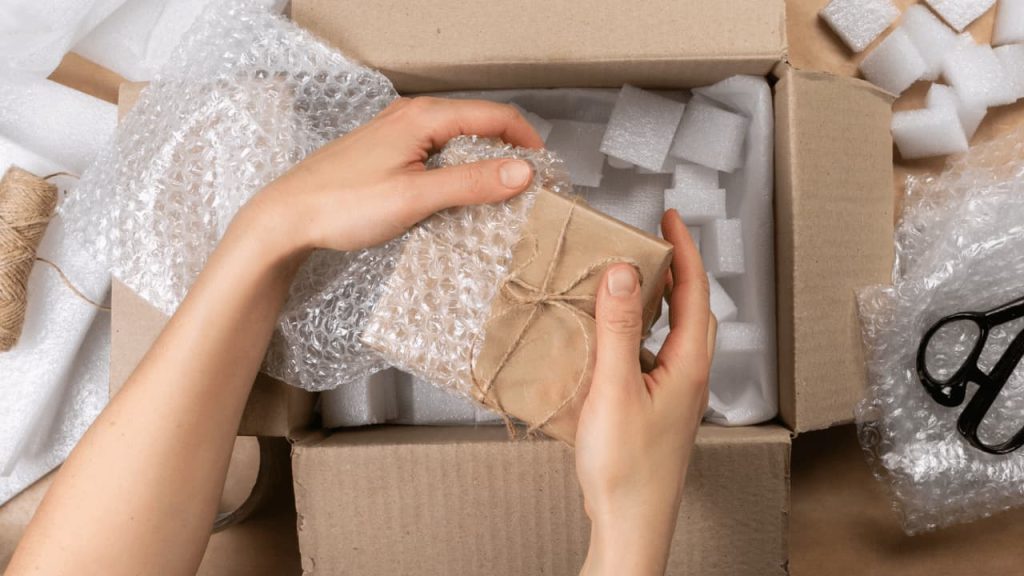
Amazon’s FBA program plays a crucial role in the order fulfillment process. When you enroll in FBA, Amazon takes care of all the storage, packing, and shipping of your products. This means that you don’t have to worry about the logistics of getting your products to customers, which can save you a lot of time and effort.
To ensure that your products are eligible for FBA, you need to follow Amazon’s packaging standards. These standards are designed to ensure that products are packaged in a way that protects them during shipping and makes them easy to process in Amazon’s warehouses.
The packaging standards vary depending on the type of product you are selling. For example, products that are fragile or require special handling may have different packaging requirements than products that are more durable.
To help you understand the packaging standards for your products, Amazon provides detailed guidelines on its website. These guidelines cover everything from the type of packaging materials you should use to the size and weight limits for your packages.
In summary, understanding and following Amazon FBA Packaging Requirements is essential for ensuring that your products are eligible for the program and that they arrive at customers’ doorsteps in good condition. By following these standards, you can save time and effort while also providing a better experience for your customers.
The Basics of Amazon FBA Packaging
If you’re planning to sell products through Amazon’s FBA program, it’s essential to understand the amazon fba packaging requirements. Proper packaging ensures that your inventory is received and processed by Amazon without any issues. In this section, we’ll cover the foundational packaging rules, including size, weight limits, and the types of packaging materials allowed.
Packaging Rules
When it comes to packaging your products, there are several rules you need to follow. Each unit must be labeled with a scannable barcode, FNSKU number, item name, and condition. Compliance with labeling requirements is crucial to prevent inventory rejection.
Packaging Size, Weight and Limits
Amazon has specific size and weight requirements for FBA packaging. The size of the box should be proportional to the size of the item being shipped. The maximum weight of a single box is 50 pounds, and the maximum size is 25 x 25 x 25 inches.
Amazon also has specific requirements for pallets. Pallets should not exceed 72 inches in height, and the maximum weight of each pallet is 1500 pounds.
Types of Packaging Materials and Supplies

Amazon requires that you use specific packaging materials and supplies for FBA shipments. These include:
- Boxes: Amazon recommends using new, corrugated boxes for shipping. Boxes should be sturdy enough to support the weight of the product being shipped.
- Tape: Use a high-quality tape that is at least 2 inches wide to seal the boxes.
- Void fill: Use enough void fill to prevent items from shifting during transit.
- Pallets: If you’re shipping large quantities of products, you may need to use pallets. Amazon requires that pallets be made of wood and meet specific requirements for size and weight.
Tune into the Seller Session Podcast to hear insights about Product Packaging:
- Product Packaging – A Comprehensive Guide for Amazon FBA Sellers
- The Best Finance Options For Amazon Sellers
In conclusion, following Amazon’s packaging requirements is crucial to ensure that your inventory is received and processed without any issues. By understanding the foundational packaging rules, size and weight limits, and the types of packaging materials allowed, you can ensure that your products arrive at their destination safely and efficiently.
How to Prepare Your Products for Amazon FBA
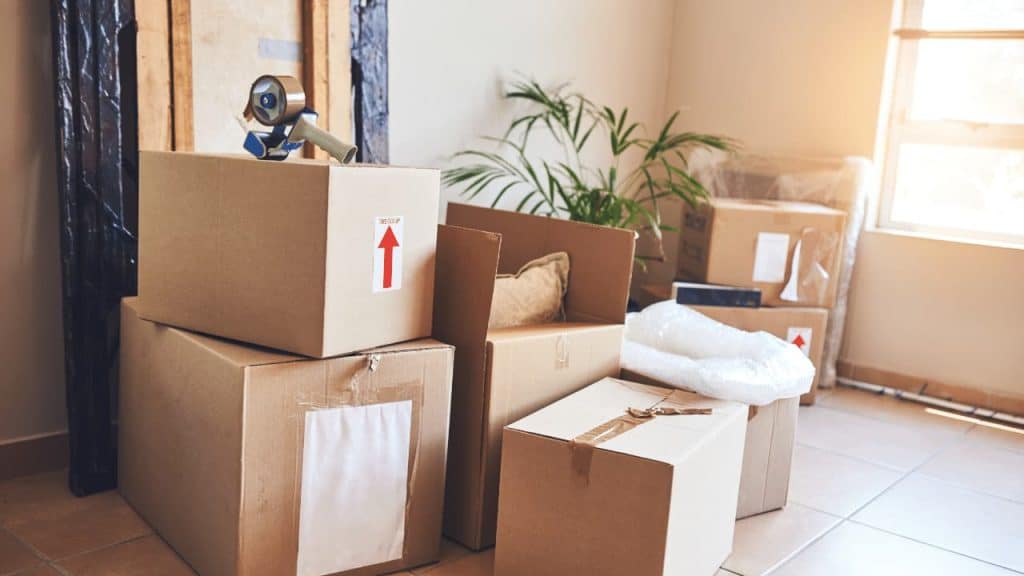
Preparing your products for Amazon FBA can be a daunting task, but it is crucial to follow the platform’s packaging requirements to ensure your inventory is received and processed properly. Here are some steps to help you prepare your products for Amazon FBA:
- Determine the packaging requirements for your product category: Amazon has different packaging requirements for different product categories. Make sure to check the specific guidelines for your product category to avoid any issues.
- Choose the right packaging materials: Use high-quality packaging materials to protect your products during shipping. This includes boxes, polybags, bubble wrap, and other materials that will keep your products safe.
- Label your products correctly: Proper labeling is essential for Amazon to receive and process your inventory. Make sure to use the correct barcode labels and follow Amazon’s labeling guidelines.
- Follow weight and size restrictions: Amazon has weight and size restrictions for packages. Make sure to follow these guidelines to avoid extra fees or rejected inventory.
- Follow prep requirements: Amazon requires specific prep requirements for certain products. Make sure to follow these guidelines to avoid extra fees or rejected inventory.
By following these steps, you can ensure that your products are properly prepared for Amazon FBA and avoid any issues that may arise.
Packaging Requirements for Specific Product Categories
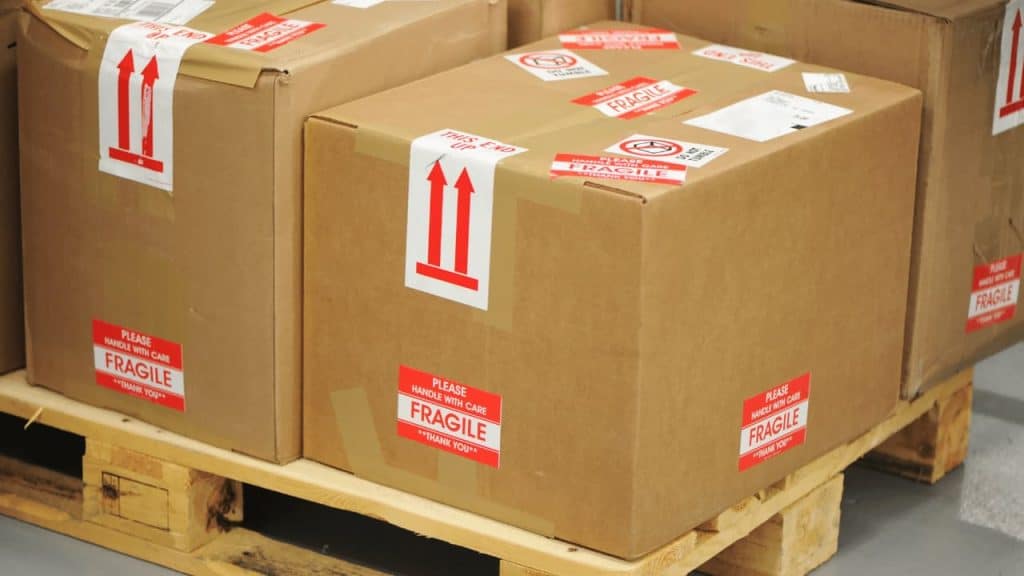
When it comes to specific product categories, Amazon has additional packaging requirements to ensure that the items are delivered safely and securely to the customers. In this section, we will discuss the packaging requirements for clothing and textiles, fragile and high-value items, and electronics and appliances.
Clothing and Textiles
Clothing and textiles must be packaged with care to prevent any damage during transit. Here are the packaging requirements for clothing and textiles:
- Folded neatly and placed in a clear plastic bag to protect from dust and moisture.
- Labels must be attached to the outside of the bag, not the product.
- Use a corrugated box with a minimum of 32 ECT (Edge Crush Test) for shipping.
- Fill any empty spaces in the box with dunnage material to prevent movement during transit.
Fragile and High-Value Items
Fragile and high-value items require extra protection during shipping to prevent any damage or loss. Here are the packaging requirements for fragile and high-value items:
- Use a double-walled box with a minimum of 48 ECT.
- Wrap the item in bubble wrap or other protective material.
- Use cushioning material such as foam or air pillows to fill any empty spaces in the box.
- Label the box as “Fragile” or “Handle with Care.”
- For high-value items, consider using tamper-evident tape or security labels.
Electronics and Appliances
Electronics and appliances must be packaged securely to prevent any damage during transit. Here are the packaging requirements for electronics and appliances:
- Use a double-walled box with a minimum of 48 ECT.
- Wrap the item in bubble wrap or other protective material.
- Use cushioning material such as foam or air pillows to fill any empty spaces in the box.
- Label the box with the product name, model number, and serial number.
- For lithium-ion batteries, they must be packaged separately and labeled as “Lithium-ion Batteries – Forbidden for Transport aboard Passenger Aircraft.”
By following these packaging requirements, you can ensure that your products arrive at the customer’s doorstep in pristine condition, which will result in positive reviews and repeat business.
Common Mistakes to Avoid with FBA Packaging
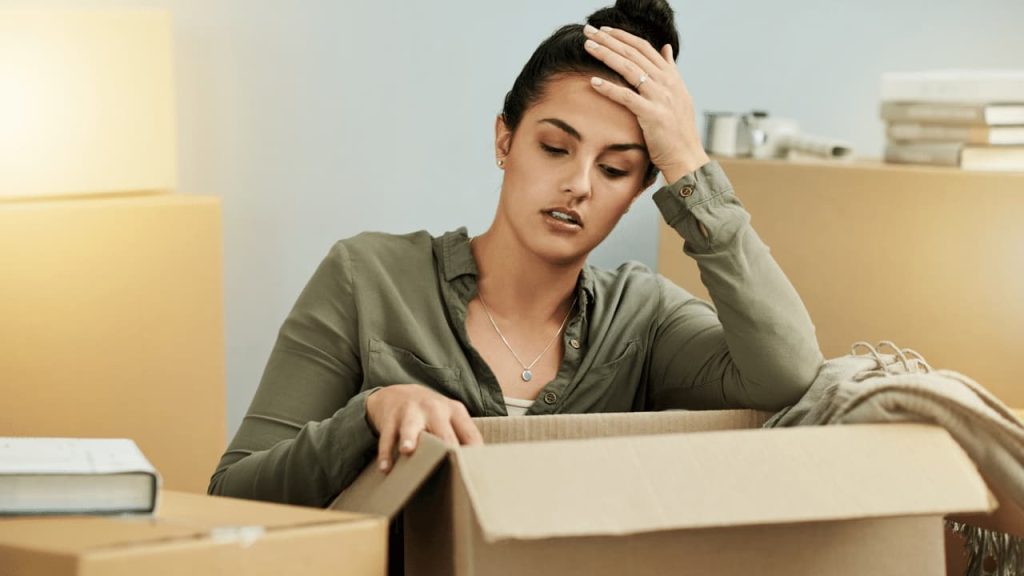
When it comes to FBA packaging, there are several common mistakes that sellers make that can lead to non-compliance, additional fees, or delays in processing at Amazon’s fulfillment centers. Here are some of the most common mistakes to avoid:
Insufficient Packaging Materials
One of the most common mistakes that sellers make is using insufficient packaging materials. This can lead to damaged products during transit, which can result in negative reviews, returns, and lost sales. To avoid this, make sure to use enough packaging materials to protect your products during transit.
Incorrect Box Dimensions
Another common mistake is using incorrect box dimensions. Amazon has specific requirements for box dimensions, and using boxes that are too small or too large can result in additional fees or delays in processing. Make sure to use boxes that meet Amazon’s requirements to avoid these issues.
Read related article: PRO Tips for Selling Large and Oversize Products on Amazon
Improper Labeling
Improper labeling is another common mistake that can lead to non-compliance and delays in processing. Make sure to label your products correctly according to Amazon’s requirements, including the FBA label and any other required labels.
Overpackaging
While it’s important to use enough packaging materials to protect your products, overpackaging can also be a problem. Too much packaging can result in additional fees and can be harmful to the environment. Make sure to use just enough packaging materials to protect your products without overpackaging.
Incomplete or Inaccurate Packaging Information
Finally, incomplete or inaccurate packaging information can also lead to non-compliance and delays in processing. Make sure to provide accurate and complete packaging information, including box weight and dimensions, to avoid these issues.
By avoiding these common mistakes, you can ensure that your FBA packaging meets Amazon’s requirements and that your products are processed quickly and efficiently at Amazon’s fulfillment centers.
Compliance and Quality Assurance
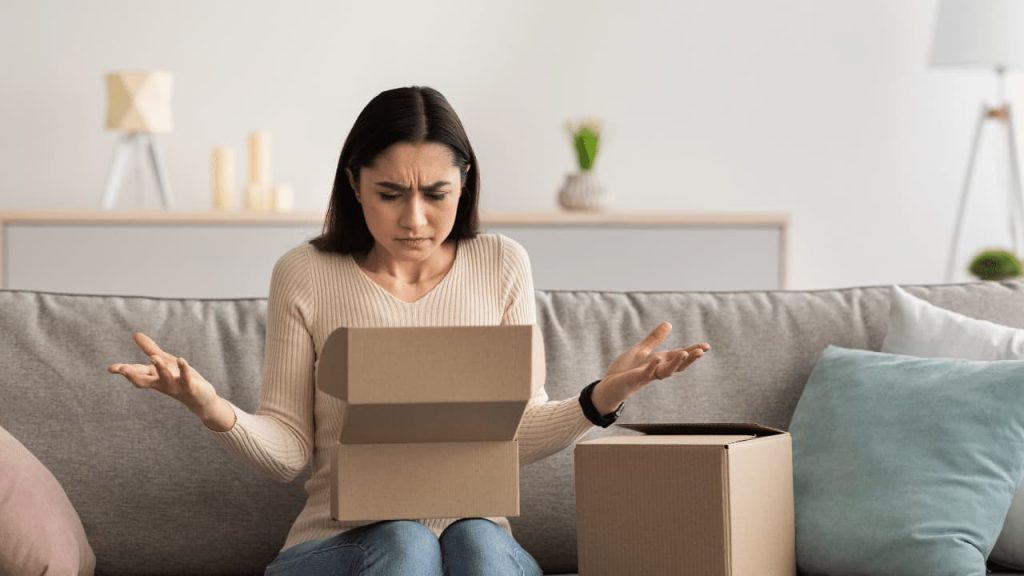
When it comes to packaging your products for Amazon FBA, compliance and quality assurance are crucial to ensure your inventory is received and processed without any issues. In this section, we will cover the importance of damage prevention, packaging tests, and standards to help you meet Amazon’s requirements.
Damage Prevention
One of the key aspects of compliance and quality assurance is preventing damage to your products during transit. Amazon requires that your products can survive a 3-foot drop test without damage. To achieve this, you need to ensure that your packaging provides adequate cushioning and protection for your products.
To prevent damage, you should use high-quality packing materials such as bubble wrap, foam, and air pillows. It’s also important to ensure that your products are properly secured within the packaging to prevent movement during transit. You should also avoid overpacking, as this can lead to increased shipping costs and potential damage to your products.
Packaging Tests and Standards
To ensure that your packaging meets Amazon’s requirements, it’s important to conduct packaging tests and adhere to industry standards. There are a variety of tests and standards that you may need to follow, depending on the nature of your products.
For example, if you’re selling products with expiration dates, you may need to follow specific guidelines for labeling and packaging. Similarly, if you’re selling apparel products, you may need to follow specific guidelines for folding and packing.
To ensure compliance, you should familiarize yourself with Amazon’s packaging requirements and industry standards. You may also want to consider working with a packaging expert to ensure that your packaging meets all necessary requirements and standards.
By following these guidelines, you can ensure that your products arrive at Amazon’s warehouse in good condition, meet all necessary requirements, and are ready for sale to customers.
Conclusion
In summary, the proper packaging of your products is crucial when using Amazon’s FBA program. Failing to adhere to the marketplace’s guidelines could lead to returned or refused items and potentially extra fees.
To ensure smooth processing of your inventory, it is important to follow the packaging and shipping guidelines set by Amazon. This includes using acceptable standard boxes, labeling each unit with a scannable barcode, FNSKU number, item name, and condition, and complying with weight limits and proper warehouse labeling.
Keep in mind that Amazon has divided products into various categories with different packaging and shipping requirements. It is important to work with your suppliers to ensure that your products meet the appropriate guidelines.
By following these guidelines, you can prevent inventory rejection and ensure that your products reach customers in a timely and efficient manner.
Frequently Asked Questions
What boxes do you need for Amazon FBA?
Amazon requires that you use sturdy, corrugated boxes that are able to withstand the weight of the products you are shipping. The boxes should also be able to protect the products from damage during shipping. You can purchase these boxes from a variety of sources, including Amazon itself.
Do I need packaging to sell on Amazon?
Yes, you will need packaging to sell on Amazon. Amazon requires that all products be properly packaged to ensure that they are protected during shipping. This includes using appropriate boxes, cushioning materials, and labels.
Does FBA take care of packaging?
FBA does not take care of packaging. It is the seller’s responsibility to ensure that all products are properly packaged before they are shipped to an Amazon fulfillment center. FBA will handle the storage, picking, packing, and shipping of the products once they arrive at the fulfillment center.
What size box is best for FBA?
The size of the box you use will depend on the size and weight of the products you are shipping. Amazon recommends that you use boxes that are no larger than 25 inches on any side and no heavier than 50 pounds. This will help to ensure that your products can be easily handled by Amazon’s fulfillment centers.
What size labels are required for Amazon FBA?
Amazon requires that all products be labeled with a scannable barcode. The barcode should be at least 1 inch by 2 inches in size and should be printed in black ink on a white background. The barcode should be placed on the outside of the packaging so that it can be easily scanned by Amazon’s fulfillment centers.
